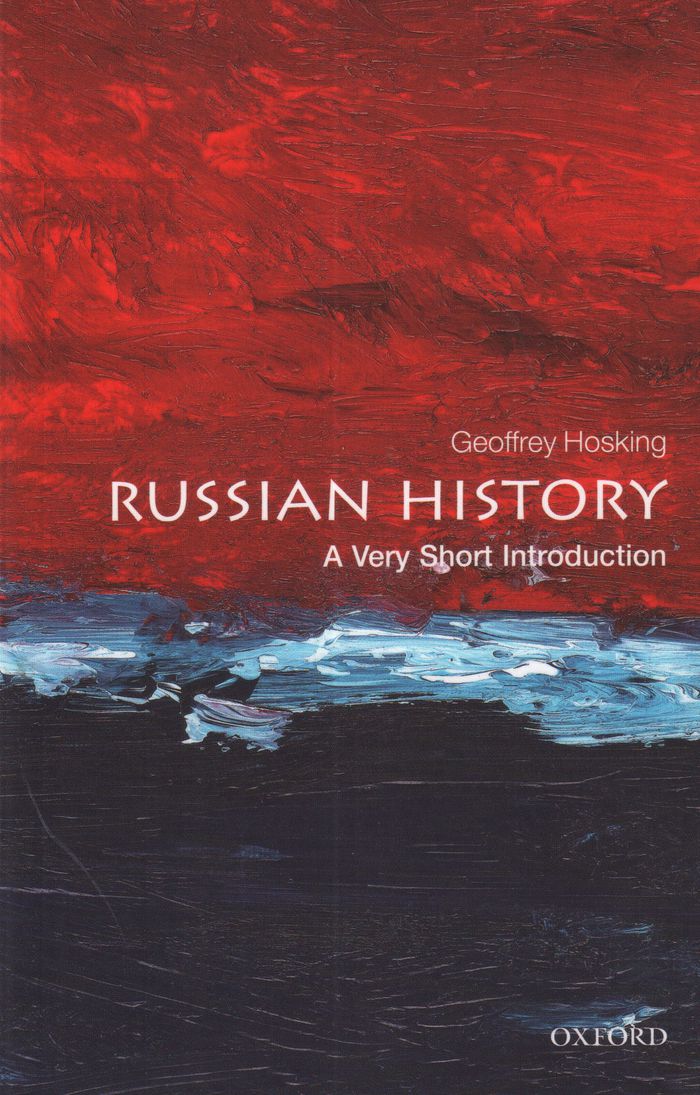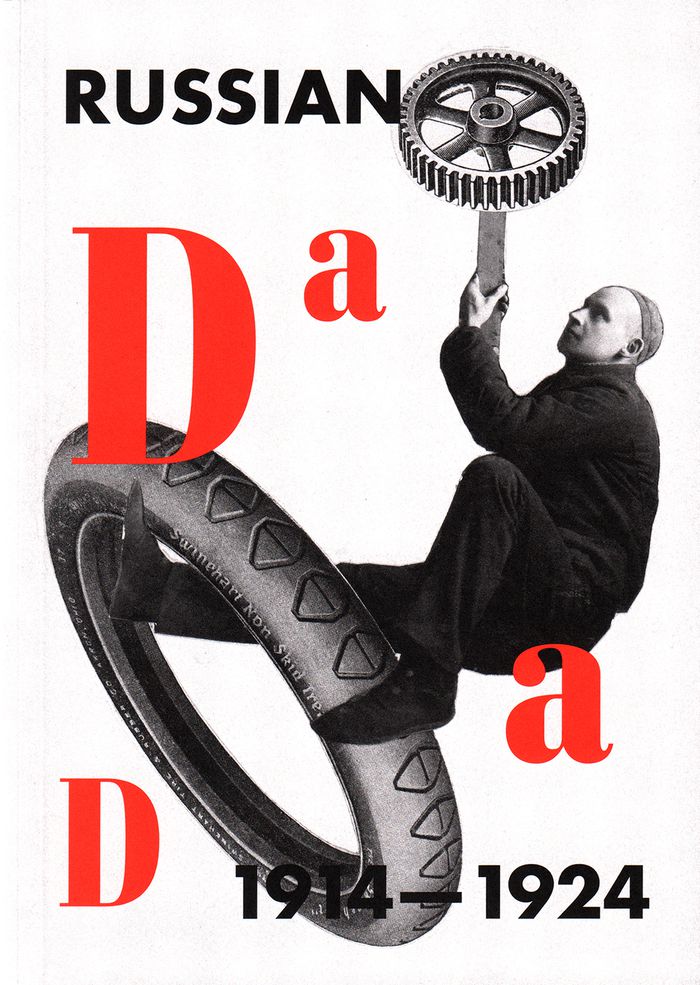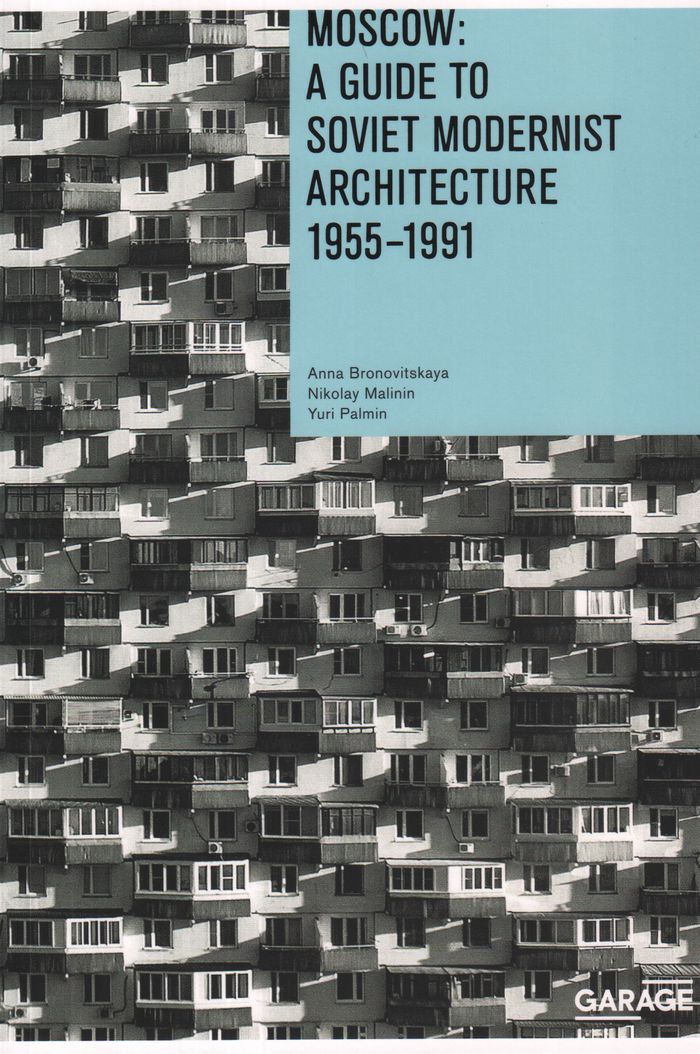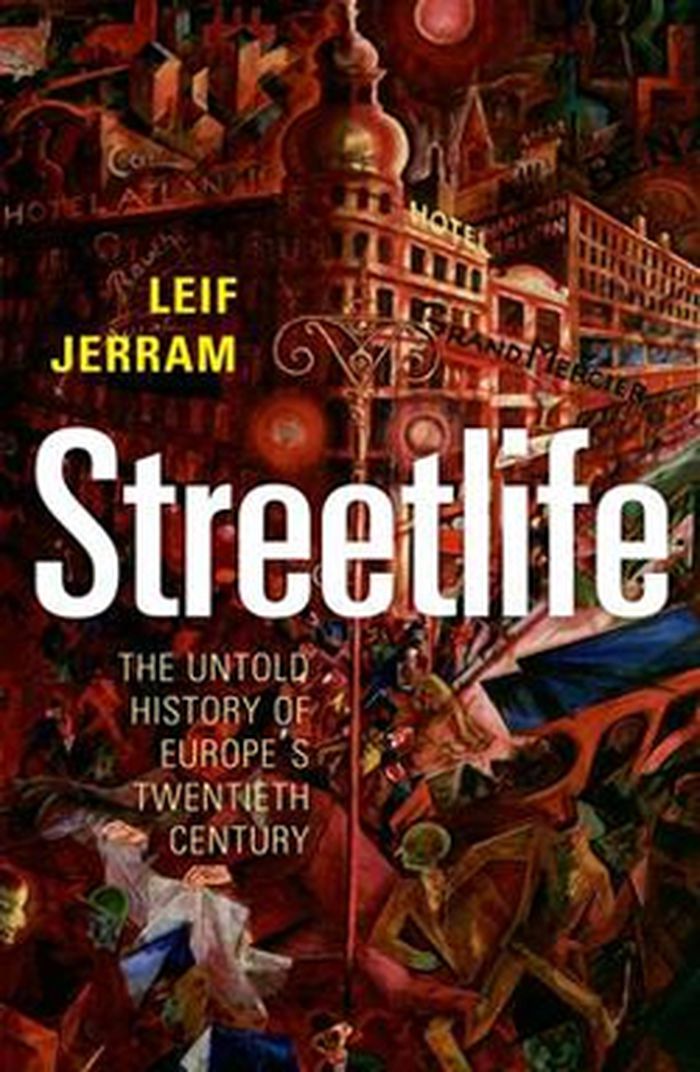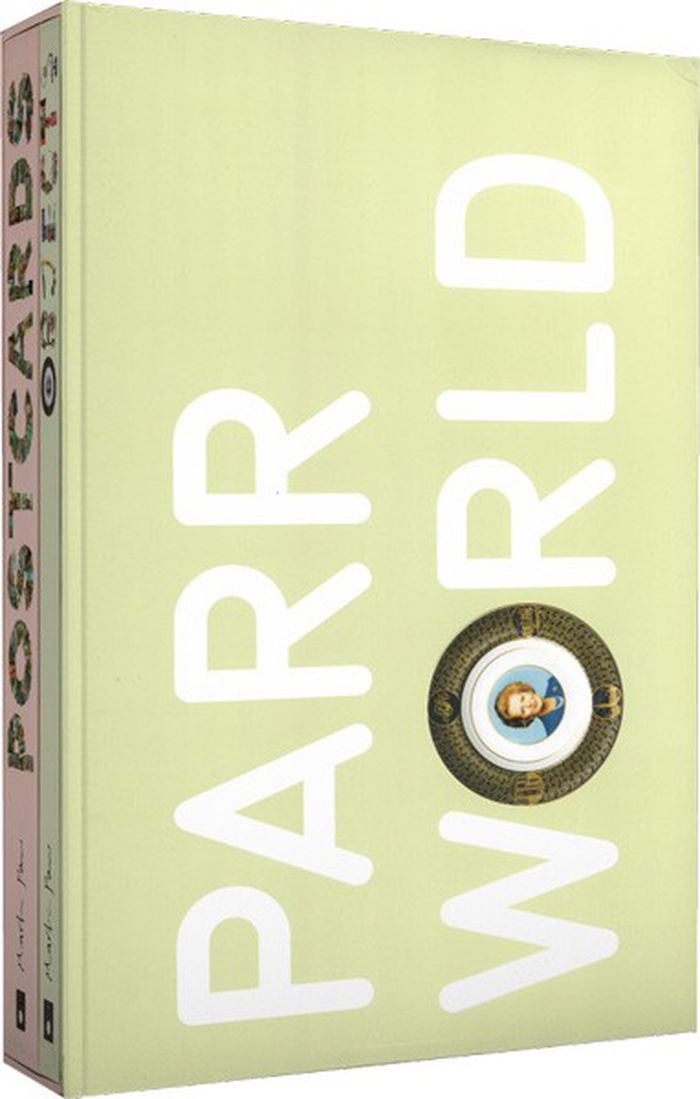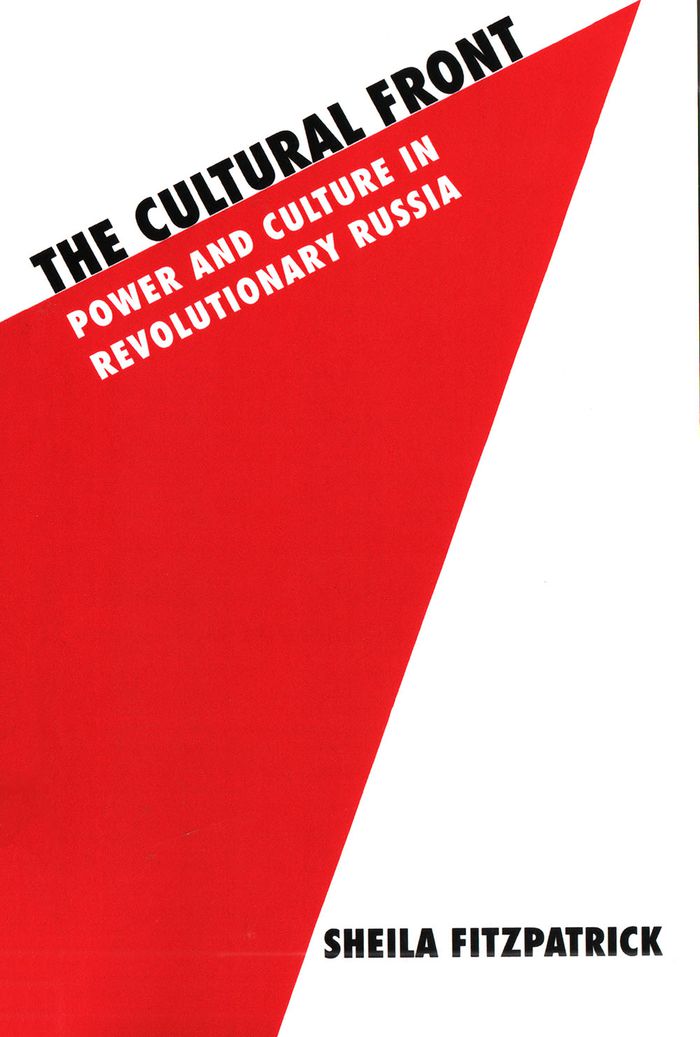$11.95
(available to order)
Summary:
Russia's sheer size has made it difficult to mobilize resources and to govern effectively, especially given its harsh climate, vast and vulnerable borders, and the diversity of its people. In this '"Very Short Introduction," Geoffrey Hosking discusses all aspects of Russian history, from the struggle by the state to control society to the transformation of the nation into(...)
Russian History: a very short introduction
Actions:
Price:
$11.95
(available to order)
Summary:
Russia's sheer size has made it difficult to mobilize resources and to govern effectively, especially given its harsh climate, vast and vulnerable borders, and the diversity of its people. In this '"Very Short Introduction," Geoffrey Hosking discusses all aspects of Russian history, from the struggle by the state to control society to the transformation of the nation into a multi-ethnic empire, Russia's relations with the West, and the post-Soviet era. Hosking, a leading international authority, examines Russian history in an impartial way, arguing that "Good Russia" and "Bad Russia" are one and the same. He also evaluates important individuals in Russian history, from Peter the Great and Catherine II to Lenin and Stalin.
History until 1900, Russia
Russian Dada 1914-1924
$64.95
(available to order)
Summary:
This is the first book to approach Russian avant-garde art from the perspective of the anti-art canons associated with the international Dada movement. The works described and documented in Russian Dada were produced at the height of Dada's flourishing, between World War I and the death of Vladimir Lenin—who, incidentally, was a frequent visitor to Cabaret Voltaire in(...)
September 2018
Russian Dada 1914-1924
Actions:
Price:
$64.95
(available to order)
Summary:
This is the first book to approach Russian avant-garde art from the perspective of the anti-art canons associated with the international Dada movement. The works described and documented in Russian Dada were produced at the height of Dada's flourishing, between World War I and the death of Vladimir Lenin—who, incidentally, was a frequent visitor to Cabaret Voltaire in Zurich, the founding site of Dada. Like the Dadaists, the Russian avant-gardists whose works appear in this volume strove for internationalism, fused the verbal and visual, and engaged in eccentric practices and pacifist actions, including outrageous performances and anti-war campaigns. ''Russian Dada'', which accompanies a major exhibition at the Museo Reina Sofia, Madrid, includes 250 images and essays by leading art historians.
$47.50
(available to order)
Summary:
"Moscow: a guide to Soviet modernist architecture 1955-1991" provides descriptions of almost 100 buildings from the most underrated period of Soviet architecture. This is the first guide to bring together the architecture made during the three decades between Khrushchev and Gorbachev, from the naive modernism of the "thaw" of the late 1950s through postmodernism.(...)
September 2019
Moscow: a guide to Soviet modernist architecture 1955-1991
Actions:
Price:
$47.50
(available to order)
Summary:
"Moscow: a guide to Soviet modernist architecture 1955-1991" provides descriptions of almost 100 buildings from the most underrated period of Soviet architecture. This is the first guide to bring together the architecture made during the three decades between Khrushchev and Gorbachev, from the naive modernism of the "thaw" of the late 1950s through postmodernism. Buildings include the Palace of Youth, the Rossiya cinema, the Pioneer Palace, the Ostankino TV Tower, the TASS headquarters, the "golden brains" of the Academy of Sciences and less well-known structures such as the House of New Life and the Lenin Komsomol Automobile Plant Museum. The authors situate Moscow's postwar architecture within the historical and political context of the Soviet Union, while also referencing developments in international architecture of the period.
$34.95
(available to order)
Summary:
The twentieth century in Europe was an urban century: it was shaped by life in, and the view from, the street. Women were not liberated in legislatures, but liberated themselves in factories, homes, nightclubs, and shops. Lenin, Hitler, and Mussolini made themselves powerful by making cities ungovernable with riots rampaging through streets, bars occupied one-by-one. New(...)
Streetlife: The untold story of Europe's twentieth century
Actions:
Price:
$34.95
(available to order)
Summary:
The twentieth century in Europe was an urban century: it was shaped by life in, and the view from, the street. Women were not liberated in legislatures, but liberated themselves in factories, homes, nightclubs, and shops. Lenin, Hitler, and Mussolini made themselves powerful by making cities ungovernable with riots rampaging through streets, bars occupied one-by-one. New forms of privacy and isolation were not simply a by-product of prosperity, but because people planned new ways of living, new forms of housing in suburbs and estates across the continent. In Streetlife, Leif Jerram presents a totally new history of the twentieth century, with the city at its heart, showing how everything distinctive about the century, from revolution and dictatorship to sexual liberation, was fundamentally shaped by the great urban centres which defined it.
Urban Theory
$20.00
(available to order)
Summary:
The Russian Revolution has been examined countless times, but never from the perspective of postcards. This book is an extraordinary visual record of the tumultuous events of the 1905, the Menshevik, and Bolshevik Revolutions. The postcards capture the imperial splendour of the royal family in their final years, the mood of revolution as the crowds took to the streets,(...)
Postcards from the Russian revolution
Actions:
Price:
$20.00
(available to order)
Summary:
The Russian Revolution has been examined countless times, but never from the perspective of postcards. This book is an extraordinary visual record of the tumultuous events of the 1905, the Menshevik, and Bolshevik Revolutions. The postcards capture the imperial splendour of the royal family in their final years, the mood of revolution as the crowds took to the streets, and the sens of optimism that greeted the new regime. They also reveal a very personal quality: in a cart sent by the Grand Duchess Olga from the house where the royal family was imprisoned shortly before their murder in Ekaterinburg, and a snapshot of Lenin chatting informally with the author H.G. Wells. This book is a unique contribution to the visual history of the Russian Revolution and brings to life one of the defining events of the twentieth century.
Printed Matter
books
Description:
319 pages : illustrations (some color), plans (some color), portraits (some color) ; 24 cm
Cambridge, Massachusetts : The MIT Press, 2022.
Stalin's architect : power and survival in Moscow : Boris Iofan (1891-1976) / Deyan Sudjic.
Actions:
Holdings:
Description:
319 pages : illustrations (some color), plans (some color), portraits (some color) ; 24 cm
books
Cambridge, Massachusetts : The MIT Press, 2022.
books
Description:
356 pages : illustrations (some color) ; 33 cm
New York : Rizzoli, [1987], ©1986.
The Kremlin and its treasures / Irina Rodimzeva, Nicolai Rahmanov, Alfons Raimann.
Actions:
Holdings:
Description:
356 pages : illustrations (some color) ; 33 cm
books
New York : Rizzoli, [1987], ©1986.
$108.00
(available to order)
Summary:
Martin Parr's vast collections of photography books and postcards are world-renowned. Unbeknownst to many, he is also an obsessive collector of photographic and themed objects. In this publication, a two-volume set, his affinity for focused accumulation is presented with appropriate thoroughness, and with typical Parrian humor. Some of the items in the first volume,(...)
Parrworld
Actions:
Price:
$108.00
(available to order)
Summary:
Martin Parr's vast collections of photography books and postcards are world-renowned. Unbeknownst to many, he is also an obsessive collector of photographic and themed objects. In this publication, a two-volume set, his affinity for focused accumulation is presented with appropriate thoroughness, and with typical Parrian humor. Some of the items in the first volume, Objects, have already achieved notoriety - for instance, the wrist watches featuring Saddam Hussein's visage. Others mythologize well-known figures such as Lenin and the Spice Girls. Then there is the kitsch - from wallpaper to trays and objects commemorating Sputnik, Charles and Di's wedding and 9/11. While Objects is the first publication to document Parr's 25-plus years of such collecting, Postcards is the "last word" on an extraordinary collection of over 20,000 cards. Presented in album format, it is a highly entertaining yet serious study of postcard history, and includes early cards that depict local news events such as car crashes and murders. The book finishes in Boring Postcards territory with a selection of cards promoting motorways and shopping. Objects is introduced by Parr and Postcards features an introduction by Thomas Weski, curator of the companion exhibition, Parrworld.
Photography monographs
$43.50
(available to order)
Summary:
When Lenin asked, "Who will beat whom?" (Kto kogo?), he had no plan to wage revolutionary class war in culture. Many young Communists thought differently, however. Seeking in the name of the proletariat to wrest "cultural hegemony" from the intelligentsia, they turned culture into a battlefield in the 1920s. But was this, as Communist militants thought, a genuine class(...)
The cultural front: power and culture in Revolutionary Russia
Actions:
Price:
$43.50
(available to order)
Summary:
When Lenin asked, "Who will beat whom?" (Kto kogo?), he had no plan to wage revolutionary class war in culture. Many young Communists thought differently, however. Seeking in the name of the proletariat to wrest "cultural hegemony" from the intelligentsia, they turned culture into a battlefield in the 1920s. But was this, as Communist militants thought, a genuine class struggle between "proletarian" Communists and the "bourgeois" intelligentsia? Or was it, as the intelligentsia believed, an onslaught by the ruling Communist Party on the eternal principles of cultural autonomy and intellectual freedom? In this volume, one of the foremost historians of the Soviet Union chronicles the fierce battle on "the cultural front" from the October Revolution through the Stalinist 1930s. Sheila Fitzpatrick brings together ten of her essays- two previously unpublished and all revised for inclusion here- which illuminate key arenas of the prolonged struggle over cultural values and institutional control. Individual essays deal with such major issues as the Cultural Revolution, the formation of the new Stalinist elite, and socialist realism, as well as recounting colorful episodes including the uproar over Shostakovich's opera Lady Macbeth of the Mtsensk District, arguments over sexual mores, and the new consumerism of the 1930s. Closely examining the cultural elites and orthodoxies that developed under Stalin, Fitzpatrick offers a provocative reinterpretation of the struggle's final outcome in which the intelligentsia, despite its loss of autonomy and the debasement of its culture, emerged as a partial victor.
Current Exhibitions
